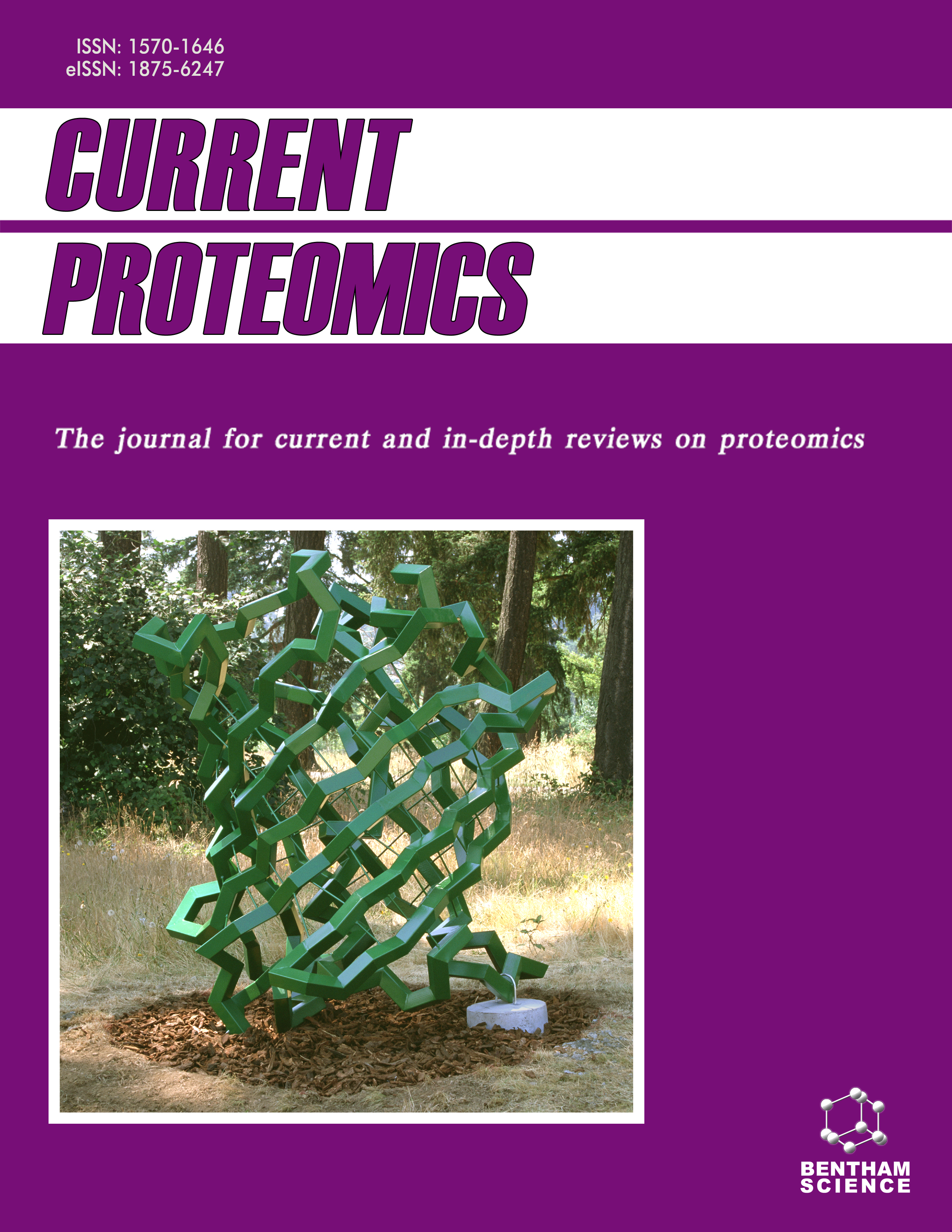
Full text loading...
The gastrointestinal tract hosts a complex ecosystem of microorganisms, with rectum playing a critical role in microbial diversity and health. This manuscript provides a comprehensive overview of rectal microbes, their functions, and the latest technological advancements in studying and manipulating these microorganisms for therapeutic purposes. Key microbial phyla in the rectum include Firmicutes, Bacteroidetes, Actinobacteria, and Proteobacteria, each contributing to essential functions such as digestion, vitamin synthesis, and immune modulation. The growth mechanisms of these microbes are influenced by nutrient availability, anaerobic conditions, pH levels, and microbial interactions. Technological applications like probiotics, fecal microbiota transplantation, microbiome analysis, and prebiotics are explored for their potential to enhance gut health. Novel treatments incorporating nanoparticles offer targeted delivery, enhanced bioavailability, and controlled release of therapeutic agents, paving the way for advanced and personalized interventions in gastrointestinal medicine. Future directions include personalized medicine, microbiome-host interaction studies, disease mechanism investigations, and synthetic biology approaches, aiming to harness the full potential of rectal microbiota for disease prevention and health maintenance.

Article metrics loading...

Full text loading...
References


Data & Media loading...

